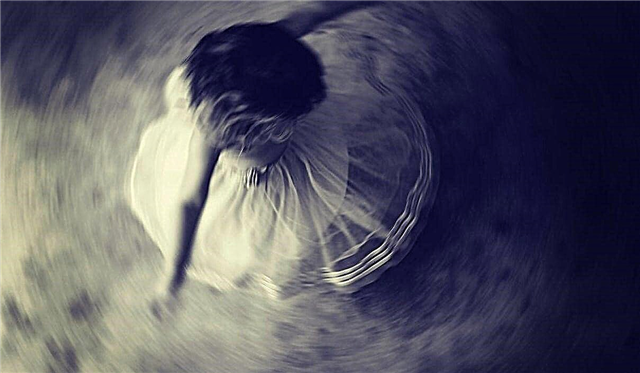
There are not many birds who feel calm on the ground. Indeed, in the crown of a tree or on a steep cliff of enemies the birds really are many times less than on the ground. That is why many birds also sleep on branches, sometimes choosing wires and rocky ledges as well.
However, why do not birds fall from trees in a dream? Ornithologists will easily answer such a question.
Poses for sleeping - in animals and birds
To fully sleep, a person needs to relax. The same is true for most other animals. But in birds it’s not quite like that. For a good full sleep, they need leg tension.
If the bird’s legs are not strained, it may not even fall asleep. Thanks to this adaptation, birds can protect themselves from falling from branches even in strong winds or bad weather.
The tension of the legs when landing on a perch or branch promotes sleep, and at the same time provides them with perfect balance. The risk of falling in such a situation is virtually zero. And even if such an incident happens, and the bird is knocked down by a gust of wind, it will immediately wake up and spread its wings before it even touches the ground. After all, this is also an instinct.
How are the leg muscles in birds?
It would seem that leg tension for many hours should cause discomfort, pain, numbness. However, birds do not suffer at all from such things. Indeed, the musculature of their legs has a very special structure.

The muscles of the legs are connected to the fingers with the help of special tendons.When landing on a branch, there is a contraction in the muscles of the legs, and the muscles pull on these tendons. Accordingly, the paws are bent from this. And in the end, until the bird transfers its weight from its paws to its wings, its fingers simply will not be able to straighten naturally.
This eliminates any discomfort from long sitting on a branch. After all, the main load falls on the tendon, which becomes the main part of the mechanism that compresses the support of the bird with his fingers.
After waking up, the bird rises slightly, which causes relaxation of the muscles and tendons. Fingers open and she can fly. However, you should know that not all birds need to sit on a branch to sleep. After all, some birds choose completely different forms of recreation.
So, land birds for the most part do not care where, how, and in what position to sleep. Since they do not sit on a branch, their fingers and tendons do not form any lock. This applies to ostriches, ducks, geese, other land and many aquatic inhabitants. Some birds tend to sleep exclusively in nests, in specially prepared and adapted places for this, and also do not encounter the need to use such a mechanism.

Flamingos and some storks like to stand on one leg, hiding the second in their plumage. They spend so much time, and can sleep in this position without any problems. They need this for heat saving, because the water in which the paws are located takes away heat from the body. The balance mechanism of such birds is developed to such an extent that standing on one leg for hours does not cause them any discomfort, and they certainly will not fall in a dream.
And the same storks can sleep on the fly.After all, they have to make seasonal flights over significant distances, and they really need an additional opportunity for sleep at such moments. They also sleep well on the fly and swifts, for example. These birds generally can not land for years, they live, eat and sleep in the air. In their case, we can talk about a kind of "autopilot", which directs the flight while the bird is sleeping.
Thus, birds sleeping on branches do not fall to the ground during sleep, because nature has endowed them with a special mechanism that provides a strong grip even during sleep. When landing on a branch, the paws literally “snap” due to the tendon bending the fingers, and the grip does not weaken until the feathered one is up or about to take off. The mechanism is so reliable that even a strong wind does not blow away sleeping birds.











